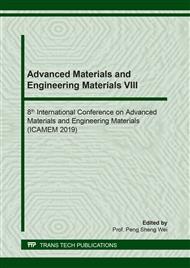p.83
p.90
p.96
p.102
p.107
p.112
p.121
p.127
p.132
Analysis of Electroluminescence Application on Display
Abstract:
With the development of electroluminescence application on display, the traditional structures are very classic and often monopolized by special companies in the world. Nowadays, technologies have developed very quickly so that lots of countries focus on the nanoink and substrate material. In fact, the process of producing various flexo screen display can be applied into the variable sized consumer packages by other conductive and phosphor printing material. In this paper, two different sequences of printing will be introduced to compare the advanced style on new structure design. This study also attempts to show the referable ways on materials to help optimize ways in electroluminescence application.
Info:
Periodical:
Pages:
107-111
Citation:
Online since:
July 2019
Authors:
Keywords:
Price:
Сopyright:
© 2019 Trans Tech Publications Ltd. All Rights Reserved
Share:
Citation:


